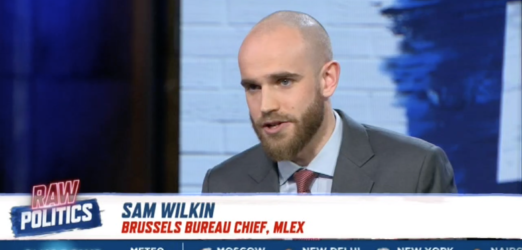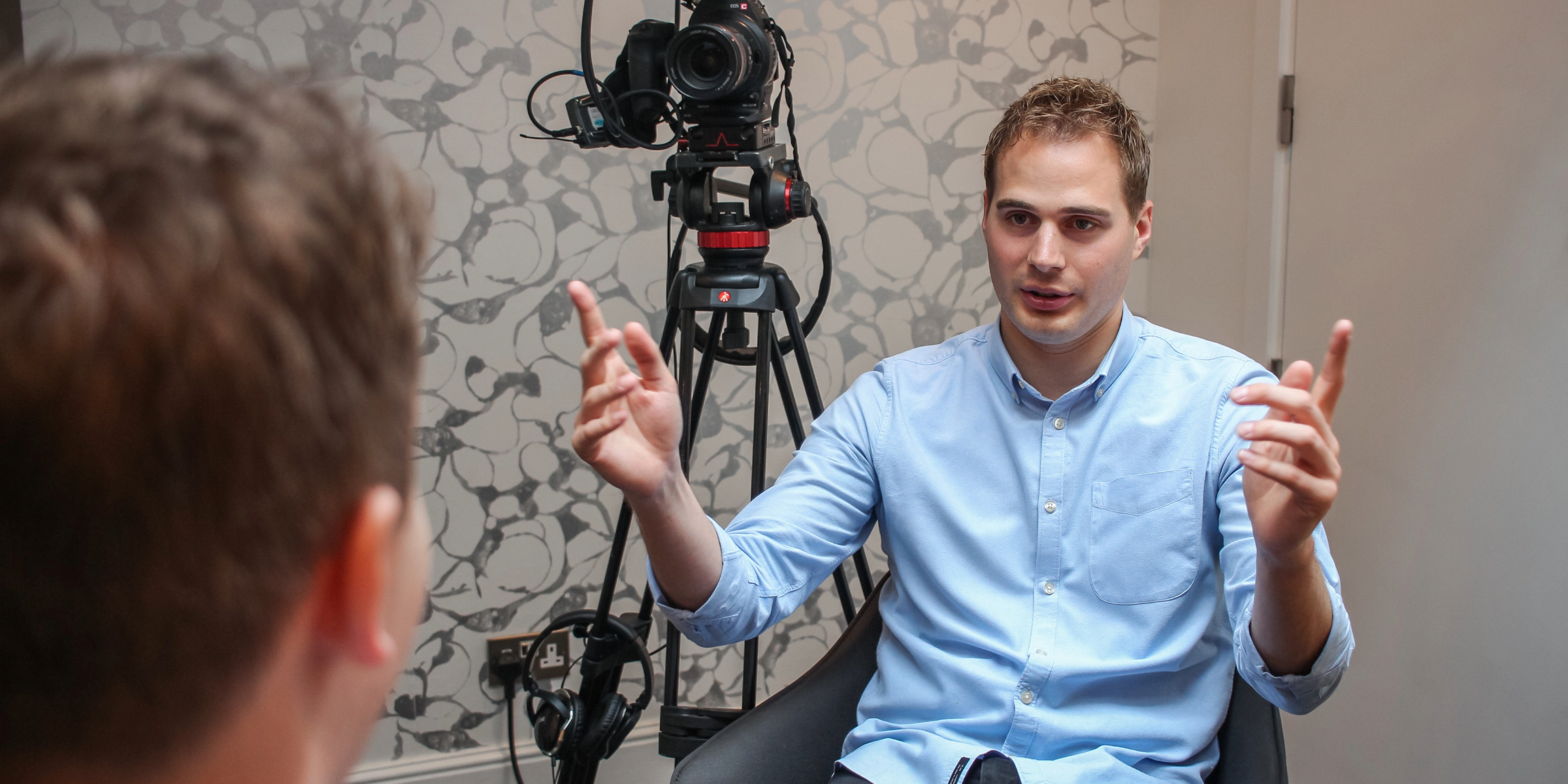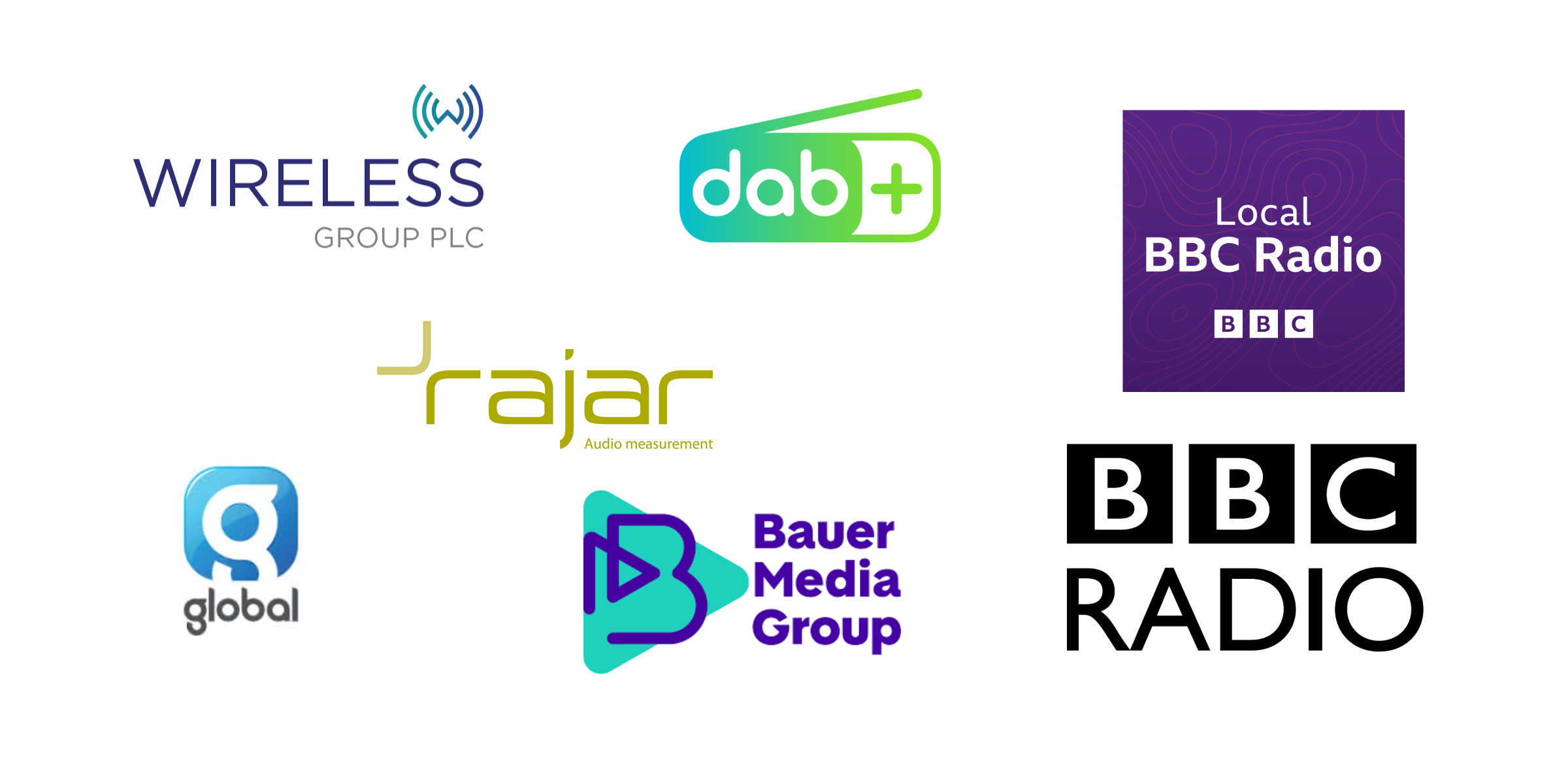Securing international broadcast coverage for clients is becoming much more prevalent and often the icing on the cake off the back of a successful UK campaign. Many clients have an EMEA and global brief too and selling into more than one territory is often a requirement.
We support many of our clients with international broadcast media relations, most typically via the London based offices of pan European/global broadcasters like BBC World, CNN, CNBC, APTN and so on, or we can sell-in to specific regions.
It’s a welcome challenge for our media relations team and recently we’ve sold into America, Europe and East Asia.
Selling in internationally has its obstacles; language and time zones are obvious barriers but there are some basic tips to bear in mind before you start dialling that international code.
Don’t hide behind an e-mail – pick up the phone instead. A classic English accent can sometimes charm a news desk or producer into actually taking your call in the first place. Journalists will recognise your voice and it’s easier to build up a rapport for the long term.
If your client is a new player or a relatively unknown brand in the country you’re selling-in to, our recommendation is to produce a short audio or video package highlighting how they perform and the sort of topics they can discuss.
This was recently requested of us by NPR Radio in Washington (the national equivalent of Radio 4 or LBC in the UK) for our client MLex, a business news wire who provide market insight and commentary on regulatory risk. Following our distribution of the audio highlights we are now being contacted directly by producers requesting interviews.
If you’re starting from scratch in terms of building an overseas contact base, you may be best off trying via LinkedIn or Twitter. We found this worked best when initially establishing an international database of broadcast journalists.
One thing to note is the time difference between where you are and where you are calling. Seems simple, but if you want to really commit to securing overseas coverage, you may need to plan ahead and change shift patterns to make it happen. You also need to be flexible and willing to work from home or at weekends. Our team now have about 20 different time zones set up on their iPhone world clock, and this can be really helpful for keeping on track, if you are offering a UK spokesperson for an overseas TV or radio interview.
Social platforms such as Skype and FaceTime are an absolute lifesaver when it comes to placing spokespeople internationally and less onerous than asking them to go into a studio in the early hours of the morning.
It means they can be anywhere in the world but still immediately available. Broadcasters are increasingly relying on Skype and FaceTime as a means to connect them with interviewees, so it’s worth offering that to producers and guest bookers when you first speak with them. As always, it’s crucial that your spokesperson is willing and available, especially if this is a new overseas contact that you would like to impress.
In fact, we’ve even completed media training via Skype with spokespeople based in America, which just goes to show how much you can use technology to your advantage. Over the past 12 months alone, we’ve secured interviews on the likes of CNBC Asia, Fox TV and ABC News in America.
If you have an upcoming international broadcast opportunity or campaign and would like to book some media training, give us a call on 02072407373 to discuss how we can support you in improving the global recognition of your brand.



